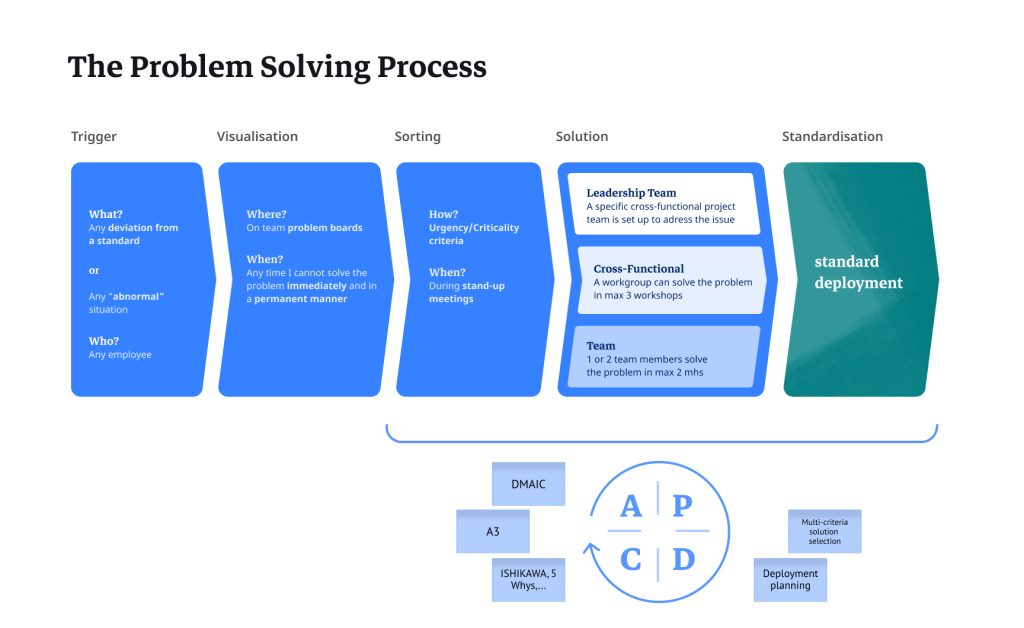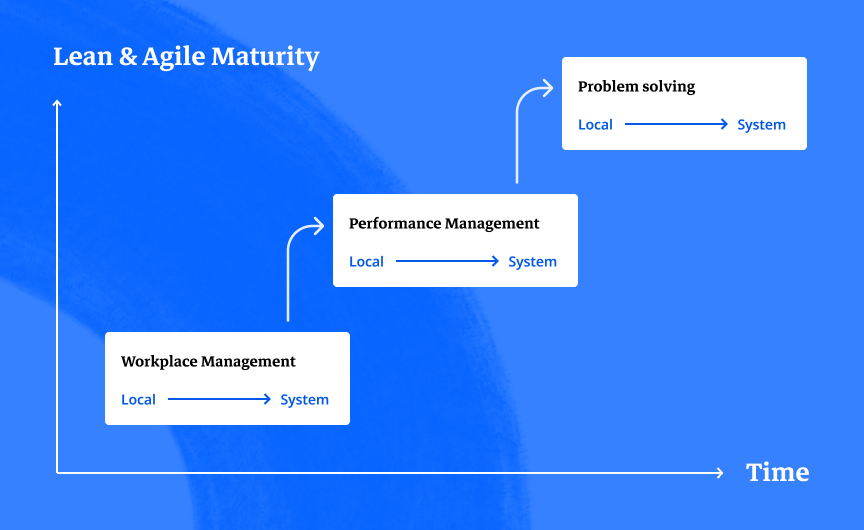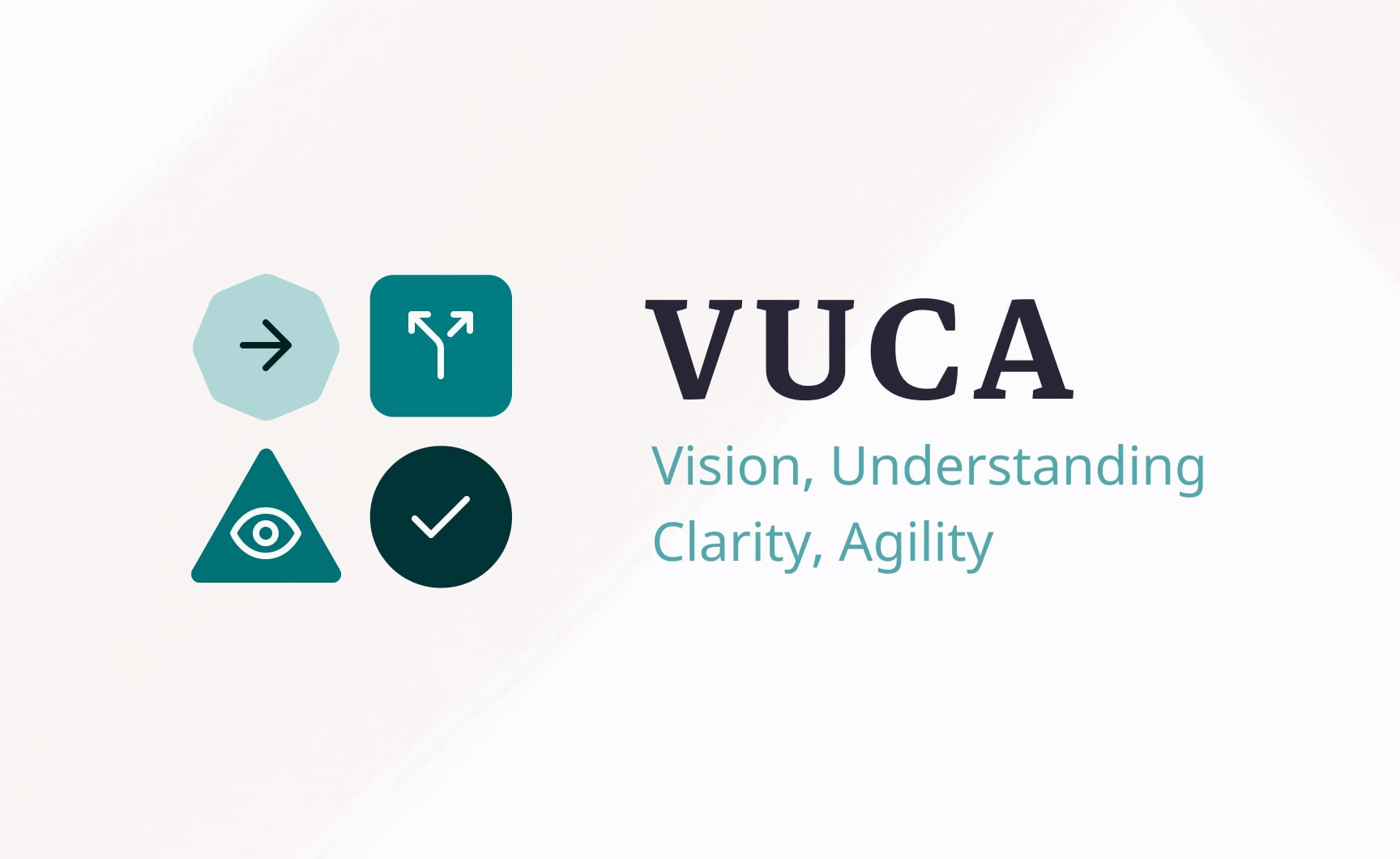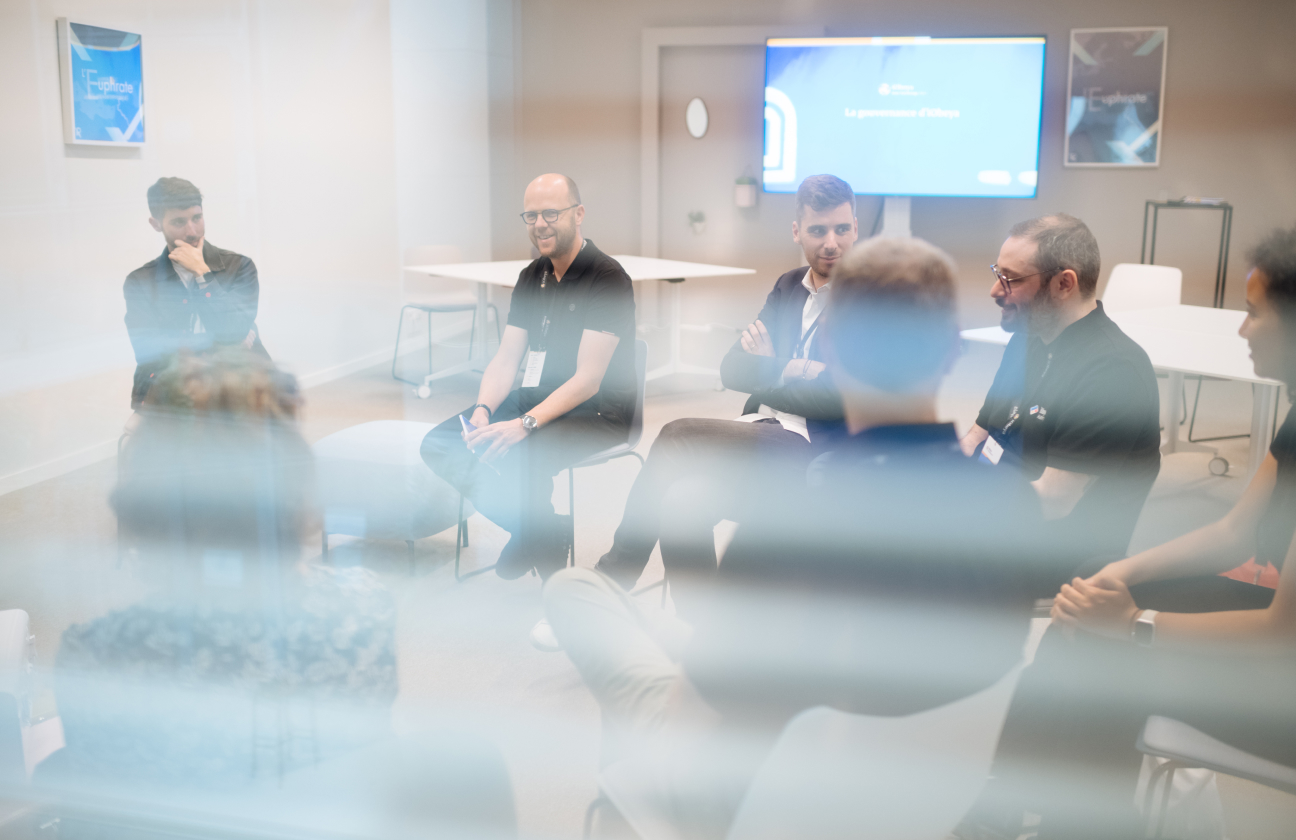Hey, let’s start your
iObeya journey!
From a “pebble in the shoe” to massive strategic challenges, humans have always struggled with problems that slow them down or threaten them. Companies are no exception. No matter the industry or department, front line managers and executives alike are forced to navigate complex environments from day one. Organizations who are able to scale problem solving by moving from a “hero culture” to a collaborative system will reap the benefits of a long lasting competitive edge.
How do we define a problem?
From a Lean perspective, the answer is “anything that is not in line with a standard”. This could refer to a simple visual rule, a process, or an indicator, as defined by teams (in the field). Such a definition automatically generates hundreds of problems ranging from simple “just-do-its” (ex: need to repair the wheel of my tool cart) to those with large scopes and high stakes. So how can teams and organizations on a whole, deal with such an innumerable amount of issues in an efficient and simple way?
Many organizations try to cope with this by teaching their workforce problem solving tools: PDCA, A3, Ishikawa, 5 Whys, 8Ds, DMAIC, … the list goes on. This, however, is a very limited view of problem solving, in fact just like innovation, problem solving is a process, not an event.
The Problem Solving Process
Turning your problem solving into a systematic process requires three conditions:
- A genuine problem solving culture
- Respect for slow thinking
- Scalability of the problem solving process
Some traditional companies follow the old paradigm: “There are no problems, only solutions”. This is not the right attitude to build a true problem solving culture. Without the foundational step of accepting a problem, the only result that you’ll get is an overwhelmed management and frustrated teams.
True Lean and Agile companies consider problems as opportunities for improvement. They don’t blame employees for “pulling the Andon Cord”, and even encourage them to do so. This is proof of their shift from a command and control mindset to a shared learning mindset.
Other traditional companies erroneously think that they have changed their mental model, since instead of blaming their employees for raising problems, they expect immediate solutions: the right to raise a problem is linked intrinsically to a ready-to-implement solution. Although this attitude can prompt individual initiative for simple problems, it tends to circumvent the slow thinking required for complex ones.
Last but not least: scalability. It is fundamental to remember that problems occur all the time and they must be considered as part of a constant flow and not singular instances. They are the inevitable norm, not the exception. The key is managing their flow through a scalable process that generates high-value knowledge. This knowledge must then be captured and shared in many ways, including the creation and updating of standards, to avoid the problem from happening again.
Integrating Problem Solving in an enterprise
So, what are the secret ingredients to make problem solving a high value process?
- Create a “no blame” environment and make problems visible
- Sort them by urgency and by complexity
- Manage the flow with fast and slow lanes: fast for “just-do-its” and slow for complex problems
- Give feedback to the people or teams who identified the problems
- Empower teams by involving them in finding, implementing and sharing solutions
Once you’ve done all this, digitizing your process seems only a small step forward. Given its collaborative and visual nature, the problem solving process can easily be run as a part of your Visual Management System. It will be the third evolutionary step of your company, in its Lean journey. (see picture below)
Digitizing Problem Solving
Digitizing problem solving will:
- give you full visibility of your problem pipe, with drill-down possibilities
- shorten time to resolution through faster escalation, better local and remote collaboration as well as team-centered data collection
- boost your knowledge management by efficiently leveraging lessons learned
- increase team productivity by maximizing the time your teams spend on the problem vs. on ancillary tasks
All in all, the mature problem solving “stage” in a company is rather hard to reach. If you are embarking on this journey, I would recommend that you try to think globally and act locally. Start with a sketch of what would be the expected result in terms of the system (people & culture, triggers and escalation processes, feedback loops, IT tools). Next, you can follow with a series of pragmatic “test and learn” local implementations to find out what problem solving techniques are really relevant. At this point, you’re all set to scale your problem solving process within your organization. Contact iObeya to speak with one of our leaders about digitizing your problem solving process.









